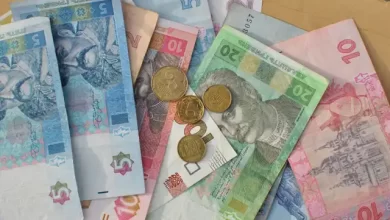CFDs Are Gaining Momentum, But What Are They?

Even though contract for difference (CFD) trading has been around since the 1990s, this form of financial trading has started to gain further momentum with the introduction of CFD trading apps. These apps allow traders to make trades through their mobile devices, giving them greater control over their assets. However, there may be some confusion among novice traders about what CFDs are and how they can trade them. This article seeks to answer these questions.
What Are CFDs?
A CFD is an advanced trading strategy that refers to an agreement between a trader and a broker to exchange the difference in a financial instrument’s value between the time the contract begins and ends. This financial instrument could either be securities or derivatives, but in each instance, the trader never owns the asset in question. For example, instead of buying physical gold, CFD traders speculate whether the price of this commodity will go up or down. If the price of gold does go up, CFD traders can offer this holding for sale. With every CFD trade, gains and losses are settled through an individual’s brokerage account.
How Do You Trade CFDs?
By far, one of the most popular ways to trade CFDs is through forex trading. Forex trading involves the exchange of national currencies where currencies trade against each other as pairs. For example, a popular currency pair is EUR/USD. When it comes to CFD forex trading, traders that bet that the price of specific currency pair will increase would purchase CFDs for that pair. Alternatively, if a trader thinks the price of a currency pair, such as EUR/USD, will decrease, they would sell CFDs relating to that pair.
Since there are so many currency pairs available in the market, traders should use platforms for CFD forex trading that offer at least 30 or more currency pairs, in addition to tight spreads, 24/5 trading, and the option to go long or short. Individuals should also remember the role that geopolitical and economic news can have in speculating the price of a currency pair. Again, traders should seek out platforms that make finding this news easy.

It’s also important to mention there are different types of CFD trading styles. Since CFD trading is popular amongst active traders, these styles include scalping, swing trading, and day trading, which is the most common. The style that someone chooses depends on their trading psychology and how their emotions play into the trading process. For example, people who get anxious about leaving their trades overnight would benefit from day trading as there are no overnight costs with this style of CFD trading. Likewise, if someone demonstrates fear over potential risks, scalping is an option since it offers reduced risk.
CFD trading has become popular for many reasons, including giving individuals the opportunity to trade multiple assets without owning them. The introduction of CFD apps has also allowed traders to have more on-the-go control over their trades. However, even as this trading style continues to gain momentum, it’s crucial to ensure that novice traders understand what CFDs entail, including how they trade them.





